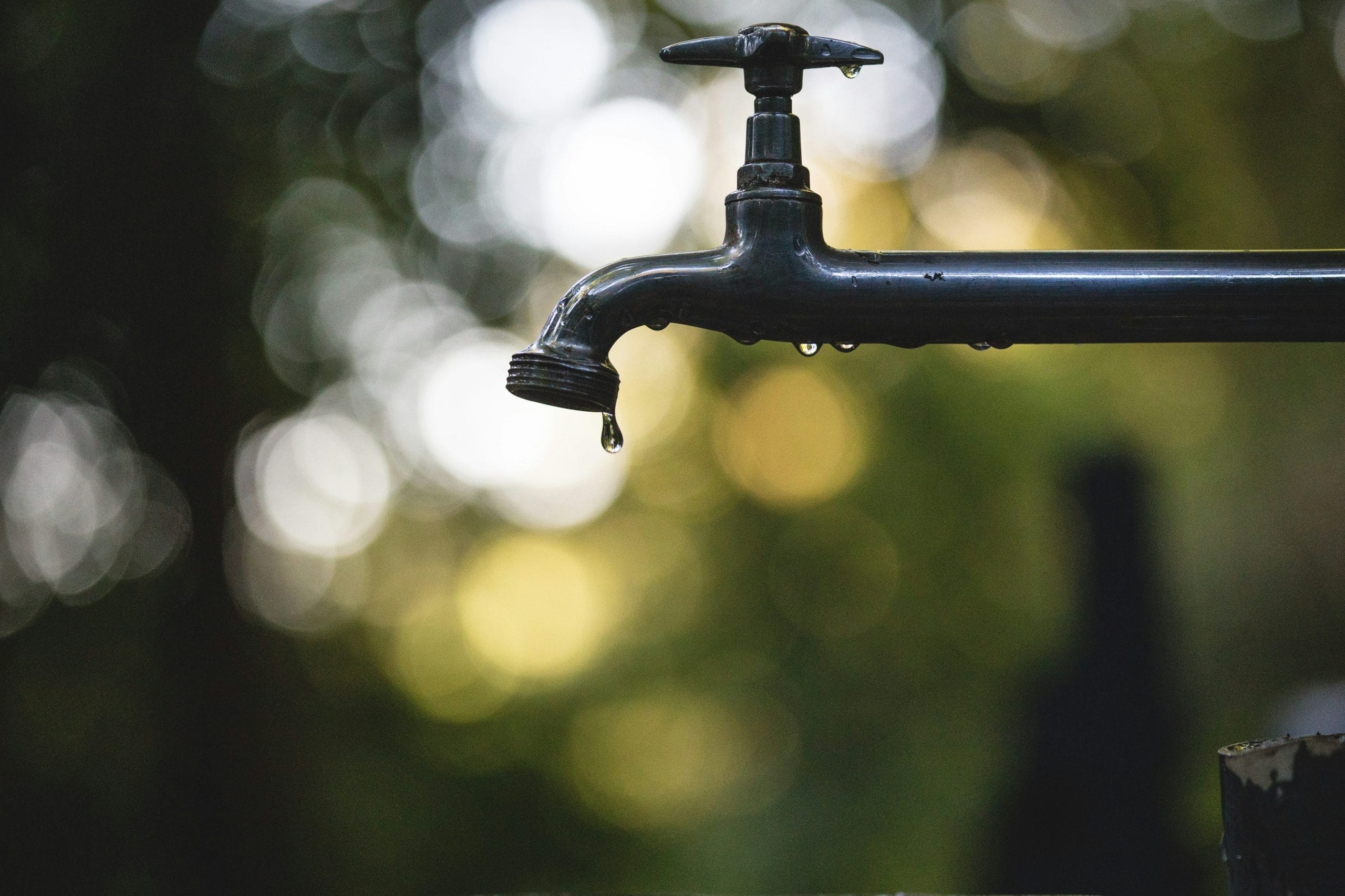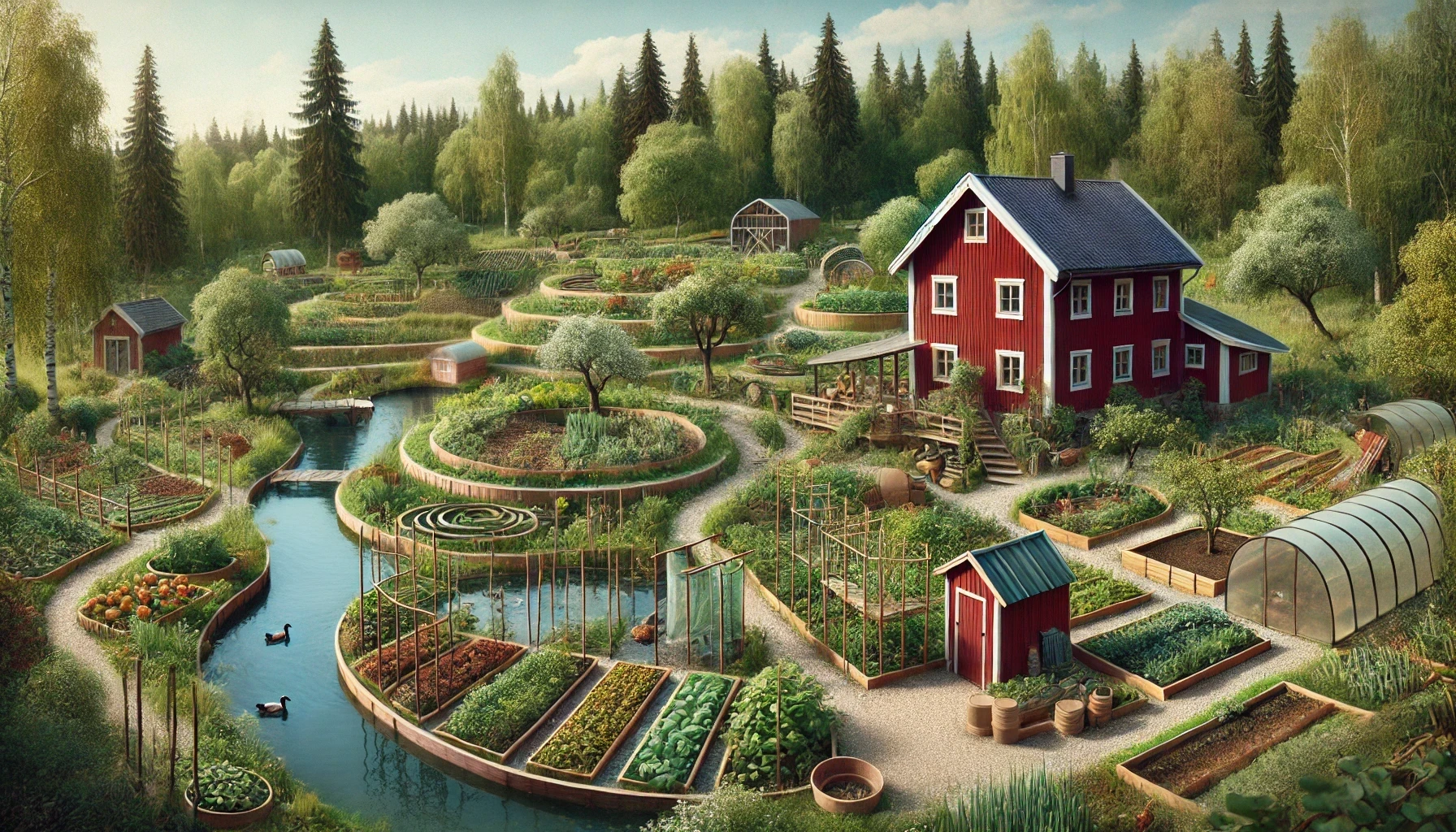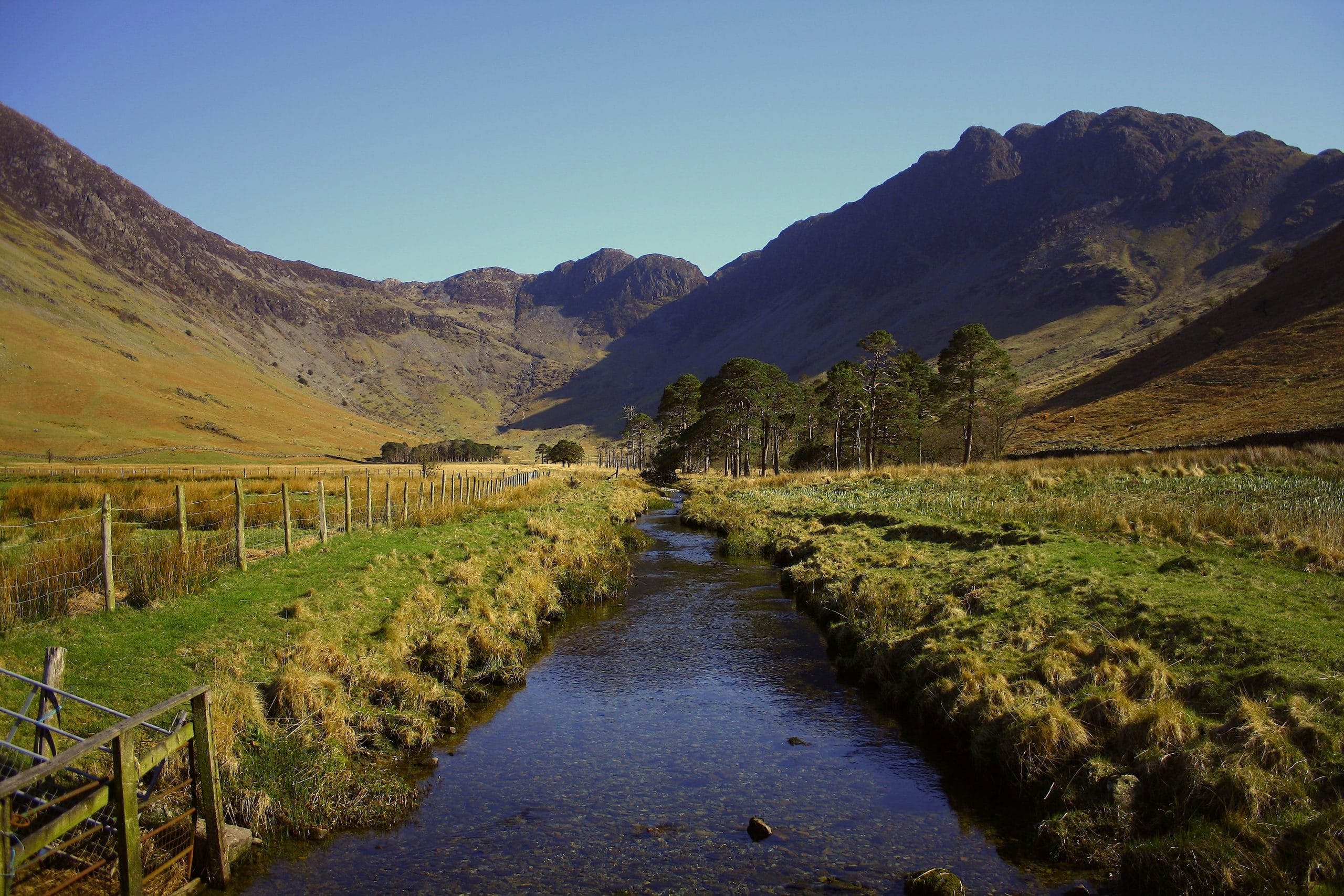This is the fourth part of a series of short essays based on conversations with ChatGPT, with an emphasis on the basics of self-reliance, self-sufficiency, and other critical considerations for all of us today – and in the near future. It was inspired by a story about the increasing number of cancelled “renewable energy” projects, totaling many billions of dollars.
We have better options. This discussion explores some of them and further inspired me to address other fundamental human needs – specifically, water.
This series covers energy, shelter, food, and water, followed by additional considerations such as medicine, community, skills, waste management, and alternative economies.
Part 1: Energy, Part 2: Shelter, Part 3: Food, Part 5: True Independence
Part 4: Water
Water: The Lifeblood of Self-Sufficiency
Introduction
Water is the foundation of all life, directly tied to energy, shelter, and food security. A homestead or self-sufficient lifestyle cannot thrive without a clean, reliable water source. While modern infrastructure provides convenience, it also introduces dependency on centralized systems vulnerable to pollution, mismanagement, and scarcity.
By understanding water’s natural cycles and implementing sustainable collection, purification, and conservation methods, individuals and communities can gain independence from unreliable infrastructure while ensuring long-term resilience. Proper water management also supports food production, soil health, and even small-scale energy generation through hydro systems.
1. Identifying and Sourcing Water: Where Does It Come From?
Before implementing a water system, it is crucial to identify available sources. Different regions present different opportunities and challenges when it comes to water access.
Common Water Sources:
- Rainwater – A renewable and relatively clean source, ideal for collection and storage.
- Wells and Groundwater – Reliable but dependent on aquifer health and drilling costs.
- Rivers, Streams, and Lakes – Excellent for irrigation and livestock, but often require filtration for drinking.
- Spring Water – Naturally filtered through rock and one of the purest sources if well-managed.
- Dew and Fog Harvesting – Viable in arid or coastal areas with high humidity.
Each source has its own risks, including contamination, seasonal fluctuation, and legal restrictions, making it necessary to plan for redundancy and conservation.
2. Rainwater Harvesting: A Scalable, Sustainable Solution
Rainwater harvesting is a vital technique for off-grid living and homesteading. Geoff Lawton, a leader in permaculture, emphasizes its role in sustainable design, using earthworks like swales and keyline patterns to direct rainwater for maximum retention. His work on greening the desert showcases how these methods can transform even arid environments into productive landscapes.
By integrating these techniques, homesteaders can develop a resilient, decentralized water system.
Rainwater collection is one of the most accessible and cost-effective ways to secure water for a home or small community.
Essential Components of a Rainwater Collection System:
- Rooftop Catchment – Metal, tile, or treated wood roofs channel rain into a collection system.
- Gutters and Downspouts – Direct rainwater into storage containers.
- First Flush Diverters – Remove initial debris and contaminants from runoff.
- Storage Tanks and Cisterns – Store collected water for long-term use.
- Filtration and Purification – Ensure water safety for drinking and cooking.
Uses of Harvested Rainwater:
- Drinking and Cooking – With proper filtration and purification.
- Irrigation – A sustainable water source for gardens and orchards.
- Livestock Watering – Provides a backup supply for animals.
- Household Use – Flushing toilets, washing clothes, and cleaning.
Implementing a rainwater harvesting system significantly reduces dependency on municipal water supplies and makes the most of natural rainfall.

3. Well Water: Tapping into Underground Reserves
For those with access to groundwater, drilling a well can provide a long-term, independent water supply.
Benefits of a Well:
- Consistent water access, even during droughts.
- Naturally filtered through rock and soil layers.
- No reliance on rain or surface water availability.
Challenges and Considerations:
- High initial cost of drilling and equipment.
- Requires periodic maintenance and testing for contaminants.
- Pumping may require energy—hand pumps, wind-powered pumps, or solar pumps ensure off-grid functionality.
While well water is generally reliable, overuse or contamination from nearby agriculture, industry, or landfills can pose serious risks, making water testing essential.
4. Purification and Filtration: A Practical Approach for Self-Sufficient Living
Ensuring water quality is essential for homesteading. Experts like Paul Wheaton and Art Ludwig advocate for natural filtration systems, such as sand filters, biochar, and greywater purification, which can be incorporated into off-grid water setups. Combining modern and traditional purification methods ensures long-term water security.
Practical Filtration and Purification Methods for Homesteads:
- Gravity-Fed Filters – Systems like Berkey filters provide long-term, low-maintenance water purification for homesteads.
- Boiling – A simple and effective method for eliminating pathogens when off-grid or in emergencies.
- DIY Sand and Charcoal Filters – Can be built using natural materials to remove sediment and some contaminants.
- Solar Water Disinfection (SODIS) – Uses UV light to neutralize bacteria, ideal for small-scale purification.
- Ceramic and Activated Carbon Filters – Effective at removing bacteria, heavy metals, and chemicals from well and rainwater.
- Distillation – A solution for removing salts and heavy metals but requires fuel or solar heat.
- Ozone and UV Purification – Advanced systems for larger homesteads looking for an automated purification approach.
Integrating Purification into Self-Sufficient Systems:
- Multi-Stage Filtration – Combining filtration and purification methods ensures safer water without reliance on commercial infrastructure.
- Low-Tech Solutions – Simple charcoal or ceramic filters can be used for off-grid purification.
- Stored Emergency Water – Always keep a reserve of filtered water for droughts, emergencies, or power outages.
For homesteaders and off-grid living, redundancy in purification systems ensures a reliable, long-term water supply, reducing dependence on external sources.
5. Water Management for Self-Sufficiency and Permaculture
Water management is a key aspect of self-sufficient living and homesteading. Integrating effective water management with soil health and permaculture principles enhances long-term sustainability. Experts like Geoff Lawton have demonstrated how water-conscious permaculture design can transform arid landscapes into thriving, food-producing ecosystems.
Best Practices for Water Conservation and Soil Health:
- Drip Irrigation – Delivers water directly to plant roots, minimizing waste and improving soil hydration.
- Mulching – Retains soil moisture, reduces evaporation, and enhances soil fertility by breaking down organic matter.
- Greywater Recycling – Reuses household wastewater for irrigation, reducing overall water demand.
- Composting Toilets – Eliminates the need for flushing, conserving thousands of gallons of water per year.
- Low-Flow Fixtures – Reduce water use in sinks, showers, and toilets to preserve resources.
- Water Timing – Water plants in the early morning or late evening to minimize evaporation.
- Permaculture Water Strategies – Implementing swales, keyline design, and food forests to capture and retain water within the landscape.
A well-designed system that integrates water conservation with soil-building techniques not only conserves water but also improves land productivity and resilience against droughts.
6. Natural Water Storage: Ponds, Swales, and Aquifers
Experts like Sepp Holzer and Brad Lancaster have pioneered natural water storage methods that work in harmony with the land. These strategies go beyond artificial reservoirs and focus on regenerating landscapes to retain and cycle water naturally.
Beyond tanks and cisterns, nature provides ways to store and manage water passively.
Swales and Contour Ditches:
- Dug along land contours to slow rainwater runoff.
- Allow water to absorb into the ground, replenishing soil and aquifers.
- Reduce erosion and support drought-resistant agriculture.
Ponds and Reservoirs:
- Provide natural water storage for irrigation and livestock.
- Can be stocked with fish for an additional food source.
- Help regulate microclimates and increase biodiversity.
Aquifer Recharge:
- Enhancing soil’s ability to absorb rain helps replenish underground water reserves.
- Prevents over-extraction from wells and mitigates drought risks.
By mimicking natural water cycles, these methods enhance resilience and ensure water availability even in dry seasons.
Conclusion: Water as the Foundation of Resilience
Water is more than a resource—it is the foundation of life itself. A well-managed water system is critical for food production, soil regeneration, and long-term sustainability. By integrating permaculture water strategies, efficient conservation techniques, and robust purification systems, homesteaders can create self-sustaining ecosystems that thrive in any climate.
Taking small, practical steps today—such as setting up a rainwater collection system, testing well water, or implementing conservation techniques—ensures a future where clean water is abundant and accessible. Begin by assessing local water sources and developing a plan for greater self-sufficiency.

Continue reading the series:
Part 1: Energy, Part 2: Shelter, Part 3: Food, Part 5: True Independence
